Both are ethnic minorities, born during the French colonial period, and participated in the fight against the French, and were honored with the title of Hero of the People's Armed Forces. They are Mr. Truong Cong Man and Mr. Lo Van Buong.
 The Martyr Truong Cong Man Church in Cam Phu Commune (Cam Thuy) is being preserved and burned incense by his nephew Truong Cong Hung (standing on the left). Photo: KH
The Martyr Truong Cong Man Church in Cam Phu Commune (Cam Thuy) is being preserved and burned incense by his nephew Truong Cong Hung (standing on the left). Photo: KH
The hero in the fire suit
Born in 1930, Truong Cong Man, a Muong ethnic, in Cam Phu commune (Cam Thuy) has nurtured the will to avenge his grandfather since growing up... That's why the Muong ethnic boy was very happy to join the army.
Author Bui Minh Tam in the book “The Hero in the Fire Coat - Martyr Truong Cong Man”, recounted that the news of Cu Man (Truong Cong Man) joining the army spread quickly in the village. People told each other: Cu Man joined the army. Cu Man joined the army. Cu Man was able to join Uncle Ho's army. Cu Man went to battle to fight the French.
Enlisted in 1947, the 17-year-old boy in his early days at the recruit training unit, "Man looked at the rifles as if they were precious objects. Man thought: I can shoot a slingshot, now I can shoot a gun too, how great would that be".
After the rookie training course, Truong Cong Man was assigned to Company 269, Battalion 391, Regiment 52, Dong Bang Division - one of the main divisions fighting behind enemy lines in the Red River Delta of Division 320.
Since the first battle, the new soldier Truong Cong Man has shown himself to be brave, calm, courageous, and fought with all his might. Through the Le Loi campaign, the Quang Trung campaign... in every battle, Truong Cong Man was praised by the battalion command and awarded a certificate of merit by the regimental command.
At the end of 1951, the 320th Division was transferred to operate in Phat Diem ( Ninh Binh ). In January 1952, in the battle of Yen Ninh, when the unit was ordered to attack, Truong Cong Man immediately volunteered to destroy the enemy. Wounded in the side, Truong Cong Man still endured the pain, sticking close to the company commander to promptly transmit orders. The battle had just ended when the enemy concentrated planes and artillery from all over the place to fire continuously and fiercely. All day long, Truong Cong Man repeatedly ran back and forth in the middle of the fields, under bombs and bullets, delivering orders from above to the units and participating in transferring wounded soldiers to the station. Wounded five times, not leaving the battlefield, Truong Cong Man was still determined to complete the assigned task and together with his teammates transferred 15 wounded soldiers to safety.
Then in the battles of Tam Phuong, Thai Ninh, An Binh ( Thai Binh ), Truong Cong Man was always brave, even when wounded, he still tried to complete his mission, not only destroying the enemy but also calling for surrender and collecting their weapons. Therefore, in a short time, Truong Cong Man was commended by the regiment and division 9 times and was elected as the Emulation Fighter of the division, awarded the First Class Military Exploit Medal. In particular, this young soldier was honored to have General Vo Nguyen Giap, Commander-in-Chief of the Vietnam People's Army, hold his hand and shout "Soldier in Fire Coat" at the first National Congress of Emulation Fighters and Exemplary Cadres (1952).
During the attack on Tim post (Dong Quan, Thai Binh), the unit had just opened a fence when enemy artillery from other positions concentrated on firing fiercely. The explosives team continued to open the door under enemy fire, suffering almost all casualties. Truong Cong Man volunteered to continue the attack and was seriously wounded. Before his death, Truong Cong Man left a message for his comrades: Comrades, keep your determination and fulfill your mission.
On August 31, 1955, Truong Cong Man was posthumously awarded the Second Class Military Exploit Medal and the title of Hero of the People's Armed Forcesby the President of the Democratic Republic of Vietnam.
“The blood and bones of martyr Truong Cong Man and his comrades have been left behind in the rice fields of Thai Binh. In recognition of that merit, the Party Committee and the People of Dong A Commune, Dong Hung District have built a mausoleum, memorial and memorial house for Hero Martyr Truong Cong Man. The church of Hero Martyr Truong Cong Man in Cam Phu Commune (Cam Thuy) has also been built spaciously. This place is not only a red address, educating revolutionary traditions for generations in the region, but also a pilgrimage destination for delegations in the district and outside the province on holidays and New Year's Eve,” said Vice Chairman of Cam Phu Commune People's Committee Bui Van Lich.
The builder of dozens of revolutionary bases
In August 1948, a young Thai ethnic man named Lo Van Buong (born in 1924) from Coc Che village, Xuan Le commune (Thuong Xuan) enlisted in the army. From 1948 to 1953, this young soldier fought and operated in the dark mountainous areas such as Vieng Say, Sam Neua, Sam To, Xieng Khouang in Laos... where the 335th Division was stationed.
During his years of revolutionary activities here, Lo Van Buong and his comrades quietly built bases behind enemy lines. His company of 150 comrades, together with Lao liberation troops, divided into teams of 2-3 people, approached the people in the villages and hamlets, propagandizing to them that "everyone must fight the French together, liberate the country, then we will be happy, if we do not fight the French, they will force us to become soldiers, losing people and property".
Sharing with us, Mr. Lo Van Bien (born in 1974) - nephew of hero Lo Van Buong, said: When Uncle Buong was still alive, he often told us about the days of activities in the gloomy mountainous area, the harsh climate and the enemy's constant search. Among them, I always remember the story: In January 1952, his team was assigned to build a base. One afternoon, on the way to the village, they encountered an enemy platoon searching. The leader saw Uncle and was about to shout, but he quickly lay down and used his gun to shoot and wound some of them. The enemy saw that and fired fiercely. The enemy thought he was dead, so they left and searched into people's houses to loot. Despite having many wounds on his right hand, back and eyes, he still tried to crawl back to the team's temporary shelter. Then came the story of 3 long months of only eating corn and wild vegetables for meals. There were many other hardships...
The book “History of the Party Committee of Xuan Le Commune” recorded about soldier Lo Van Buong: During 5 years of fighting and operating in the West to help Laos, he and his comrades built 28 village bases, established 70 guerrilla teams, and trained many cadres to be the core in the villages and communes. He stood up to lead the people twice to fight against the enemy’s plot to herd people. Among those remarkable achievements, a great part of his contribution was his.
Thanks to his intelligence and bravery, he achieved many feats in building revolutionary bases behind enemy lines in the western part of Laos. He was repeatedly commended by Military Region IV, Division 335, and was an Emulation Fighter of the volunteer army helping Laos. In May 1956, he was honored by the State with the title of Hero of the People's Armed Forces and attended the 3rd Congress of Heroes and Emulation Fighters of the entire army (1956).
Not only did he participate in the resistance war against the French, he also participated in the resistance war against the Americans, protecting the vital traffic route from Ham Rong bridge to Tinh Gia (now Nghi Son town).
Later, as Political Commissar and Deputy Commander of Thuong Xuan District Team, he continued to achieve many high achievements in his work and became a National Assembly Delegate.
Regarding Che Dai village (merged from Dai village and Coc Che village), we were told by the Party Secretary of Xuan Le commune, Vi Van Tuyen: "In 1994, the house of the family of People's Armed Forces Hero Lo Van Buong was built by the Ministry of National Defense. Then, in 2008, when he fell ill, the house was renovated with some necessary equipment. Currently, this house is used by the nephew and his wife to worship him."
“Only by living with Mr. Buong can one understand why he is a hero. Not only was he resilient in the face of bombs and bullets, he was also a good businessman with the talent to revive the famous cinnamon tree, a specialty with high economic value in Thuong Xuan. Even when the State paid attention and wanted to pour an asphalt road to his house named after him, he refused, only hoping to use that money to build a road for the people... Now the road to the commune and village is running smoothly, but Mr. Buong has gone to the world of the good people”, said Mr. Luong Van Chay - a late friend of Mr. Lo Van Buong.
Nowadays, the localities where People's Armed Forces Heroes Truong Cong Man and Lo Van Buong lived have changed a lot, the lives of the people are not only more prosperous but also more affluent. The roads leading to Xuan Le (Thuong Xuan), Cam Phu (Cam Thuy) are much more convenient, but the footprints of people like heroes Lo Van Buong and Truong Cong Man are still imprinted through many heroic stories of the past, as a reminder for descendants to live a life worthy of what the previous generation experienced, sacrificed and contributed.
Kieu Huyen
Source



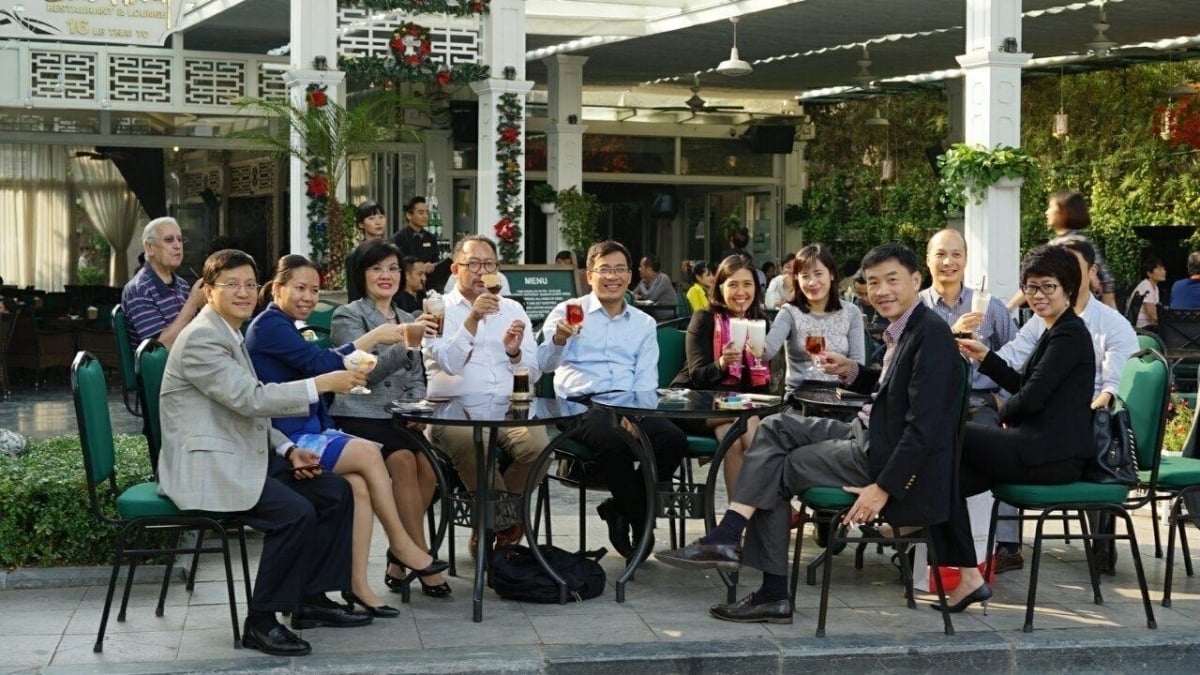
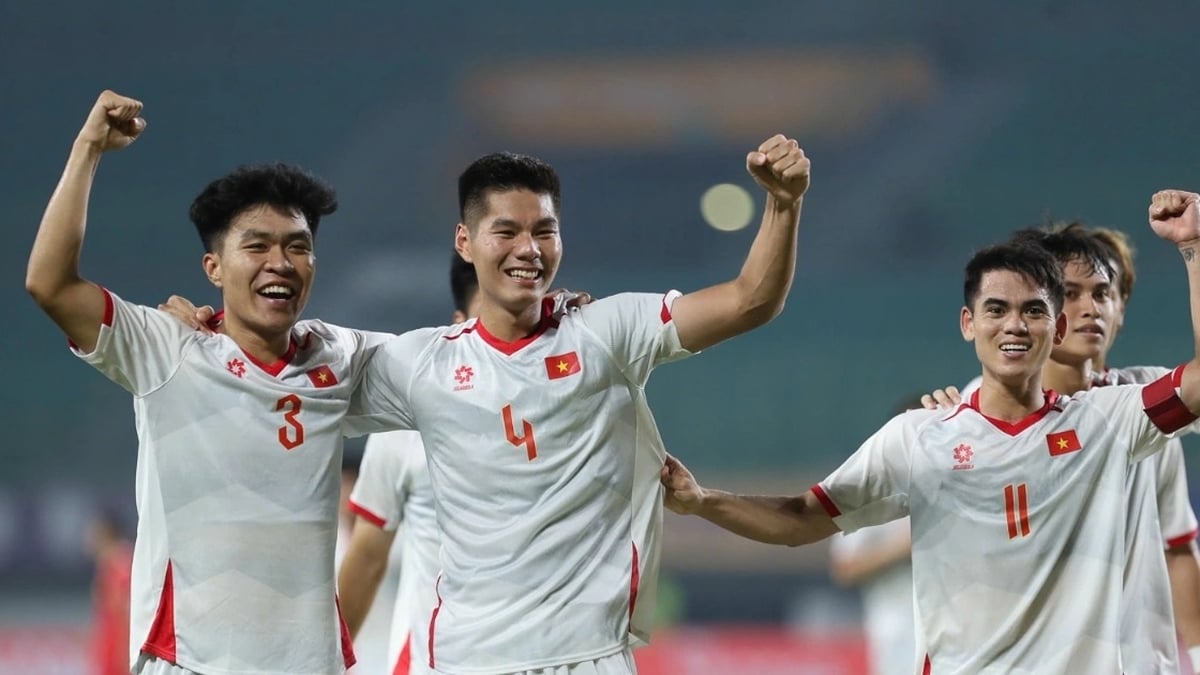

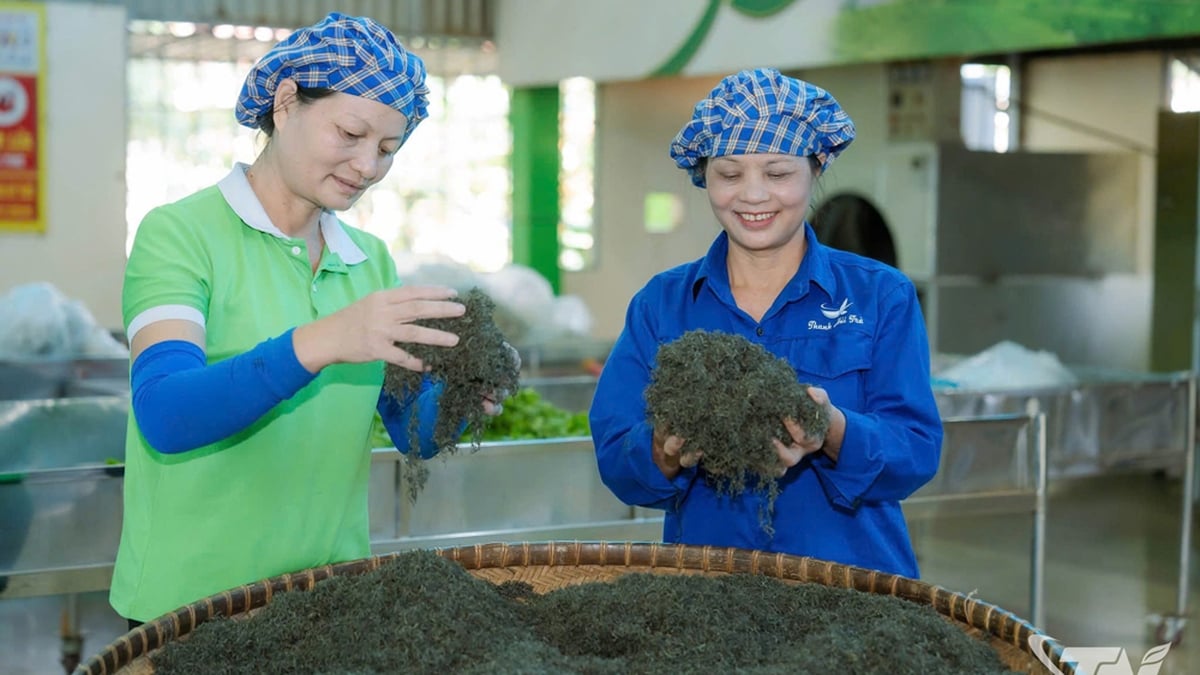


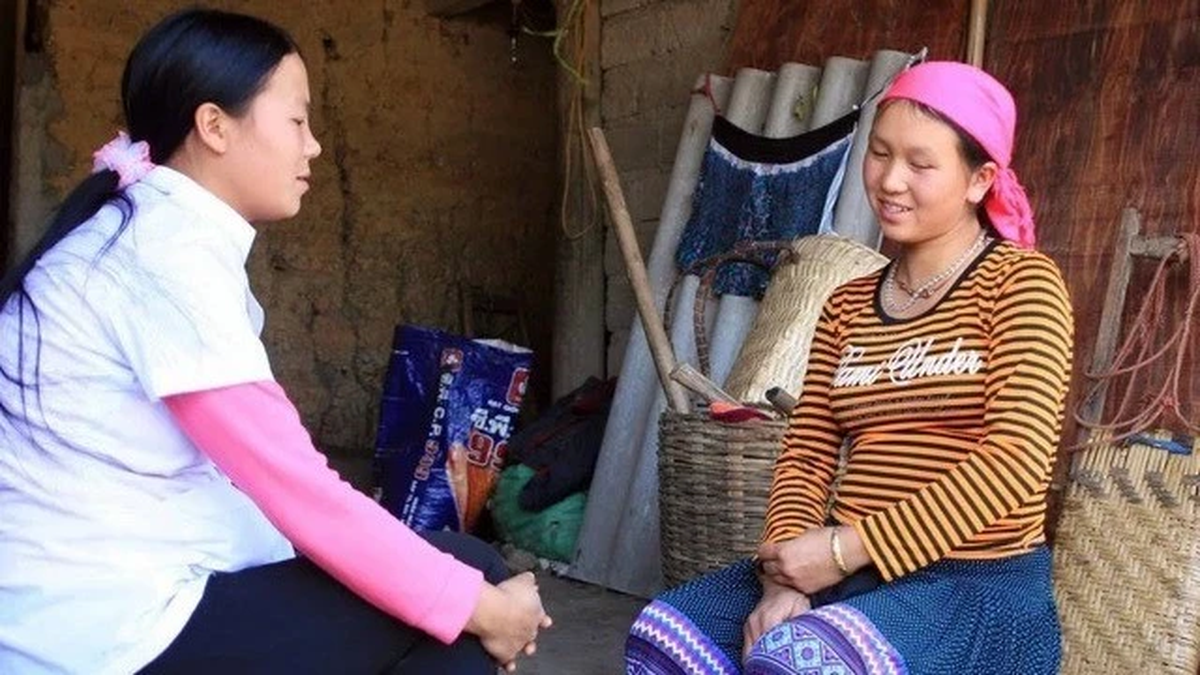

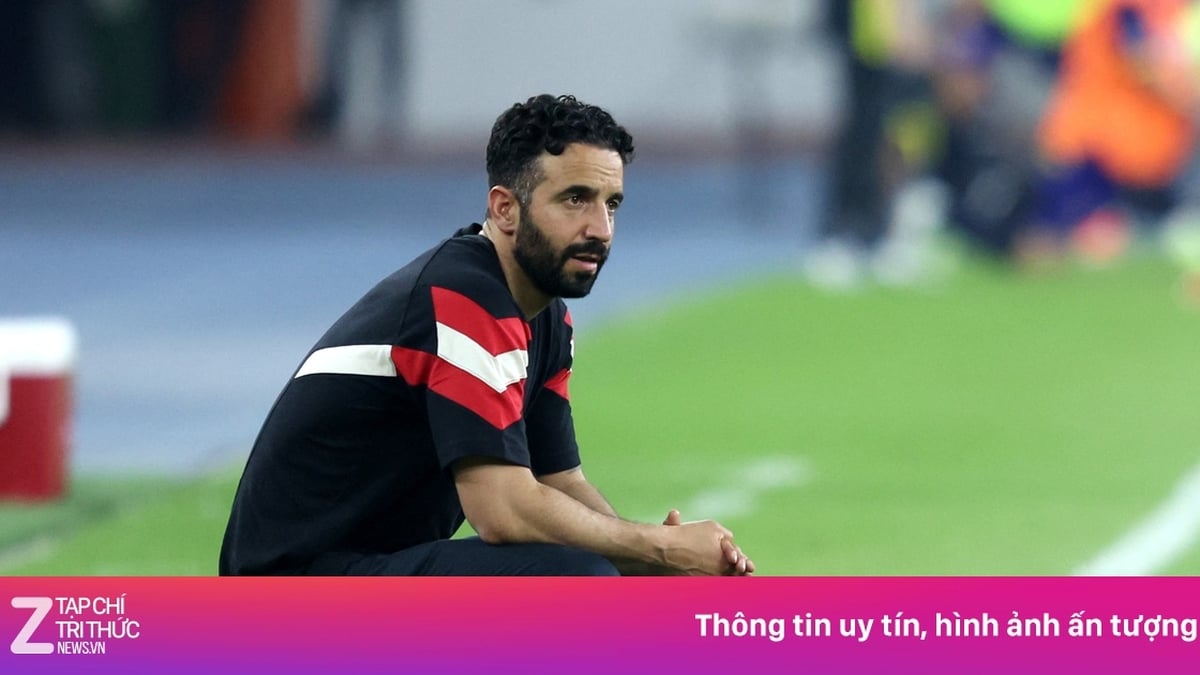





















































































Comment (0)